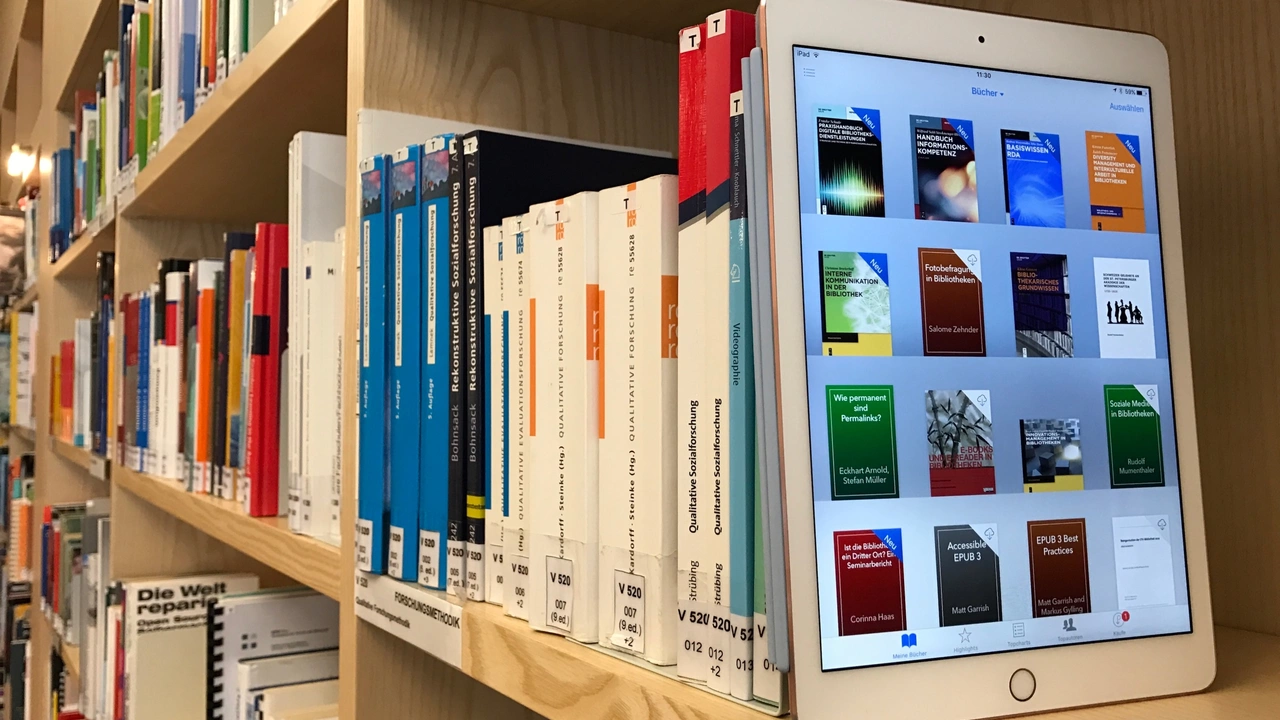Electronics Books: Practical Guides, Projects & Basics
Want a clear way to learn electronics without getting lost in jargon? Good books still beat scattered articles when you need step-by-step learning, reliable schematics, and repeatable projects. This tag collects posts and tips that match what you’ll find in a solid electronics book: basics, circuits, hands-on projects, and safety notes.
Pick the right book
Start with a beginner book that explains components: resistors, capacitors, inductors, diodes, transistors. Look for books that show real schematics and parts lists. If a book explains the RC time constant with a simple charging curve and an example circuit, that’s a keeper. Avoid books that only list formulas without showing breadboard photos or wiring tips.
For the next step, choose a book with projects grouped by skill level. Beginner projects might include LED blinkers, simple timers, or basic amplifiers. Intermediate books should cover RC filters, transient response, and small power supplies. Advanced books focus on microcontrollers, PCB design, and signal processing. Real examples help you connect theory to practice — for instance, a chapter on transient response should include oscilloscope traces and a troubleshooting checklist.
Start building, not just reading
Buy a cheap starter kit and a multimeter. Read a chapter, then build one circuit from that chapter. If the book covers power inputs, pay attention to labels like 100–240V ~50–60Hz and what adapters you need. That avoids frying components or your gadgets. When learning about appliances, work on low-voltage projects first. If you're testing higher voltages, use proper isolation and a residual-current device.
Use projects to learn related topics: a blinking LED teaches digital output and current limiting; an RC low-pass filter shows time constant and frequency response; a simple amplifier introduces biasing and gain. Keep a notebook with measurements, component values, and what changed if the circuit didn’t work. That habit turns vague theory into reliable skills.
Books that combine short explanations with labs are best for hobbyists who find electronics “rare” today. They bring structure back to learning, unlike random YouTube clips. If you plan to use foreign electronics, such as US devices in India, look for chapters on power adapters, voltage converters, and surge protection first.
This tag page groups posts about basic questions, practical how-tos, and common device topics — from RC circuits and transient response to consumer electronics history and appliance definitions. Use it as a reading map: basics → component behavior → small projects → applied topics like using gadgets safely across countries.
Pick one small project from any good electronics book, order the parts, and build it in a weekend. That first working circuit is more valuable than a dozen read-throughs. When you finish, move to the next chapter and keep building.

What are the all time best electronics books?
In the vast world of electronics, there are several books that stand out as all-time classics. "The Art of Electronics" by Paul Horowitz and Winfield Hill is a must-read for its comprehensive coverage of both analog and digital electronics. "Practical Electronics for Inventors" by Paul Scherz is another gem, offering hands-on advice for inventors of all levels. Additionally, "Make: Electronics" by Charles Platt serves as a great guide for beginners, while "Microelectronic Circuits" by Adel S. Sedra and Kenneth C. Smith is highly appreciated by advanced learners. These books have been instrumental in shaping the field of electronics and continue to remain relevant today.